How to grow Hesperantha
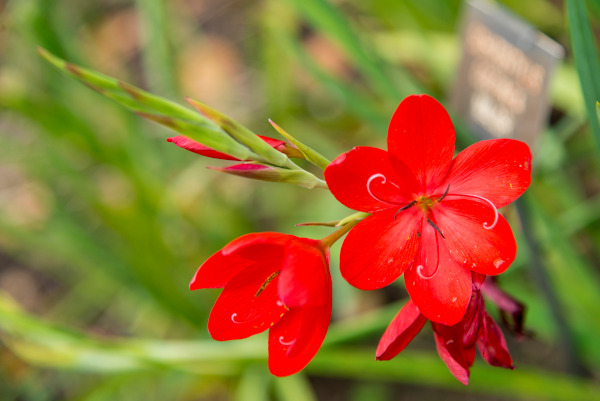
Known until recently as schizostylis (a name still used by many growers and gardeners), Hesperantha coccinea is an autumn-flowering, moisture-loving member of the iris family. Found growing in damp meadows and streambanks in southern Africa, this semi-evergreen, rhizomatous perennial has a vigorous, clump-forming habit, and is cultivated for its spikes of showy, cup-shaped flowers.
It is (we think!) one of the loveliest late-season flowering plants there is.
Key Information
Soil pH
Position
Hardiness

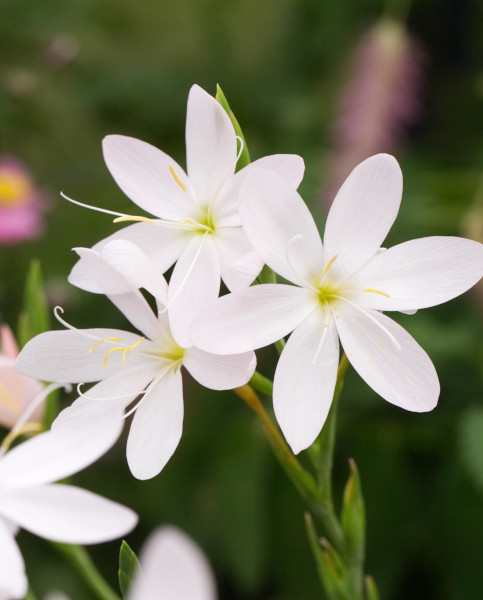
Where to plant Hesperantha
Position - Full sun with shelter from cold, drying winds
Soil - Moderately fertile, moist, and well-draining
Flowering Period - Late summer to early winter
Hardiness - Hardy
For best results plant your Hesperantha corms in spring to achieve flowers later that year. Planting of plants grown in pots can also be done in spring, summer or autumn, though you will need to keep a close eye on watering and may possibly not get flowers until the following year.
The closer you can match the sunny, damp, southern African home of Hesperantha coccinea, the more likely your plants are to thrive. Make sure you choose a spot with reliably moist soil or be prepared to water regularly throughout the growing season. The front of a border, courtyard garden, or large container are all suitable situations. Hesperantha coccinea can also be grown as a cool greenhouse or conservatory plant, where it will flower for long periods during the winter months.
Hesperantha are hardy to -10°C, though some late flower spikes may be damaged by early October frosts, so if really cold winter temperatures tend to come early in your area (and this is, generally speaking, the more northern parts of the UK), you may benefit from growing yours at the base of a sunny, south-facing wall for extra protection.
How to plant Hesperantha
In the ground
- Clear the chosen area of weeds.
- Dig a planting hole several times larger than the root ball. It is a good idea to mix in some well-rotted organic matter and horticultural grit at this stage.
- Place in the hole, ensuring the top of the root ball sits level with the surface of the soil. Too low and the plant may rot, too high and the roots can dry out.
- Backfill with soil and firm in gently.
- Soak well with water.
- Mulch with well-rotted organic matter.
In a container
- Choose an appropriate container. Hesperantha look best planted en masse in a large pot. Ensure there are plenty of drainage holes in the bottom.
- If you are using a large pot, it can be a good idea to fill and plant it in situ to save yourself the trouble of moving once full.
- Use a good quality potting compost with plenty of horticultural grit mixed in, and, if not already present in the compost (check the description on the bag) some slow-release fertiliser granules.
- Start by partially filling the pot with compost; enough so that when placed on it the upper surface of the root balls are about 3cm lower than the top of the pot.
- Infill all the space surrounding the root balls with compost, firming down with your fingers then adding a little more so the plants are held tight.
- Pick up the container (if you can!) and lightly tap on the potting bench or ground a few times to help further settle the compost around the plant.
- Soak well with water.
- A mulch with horticultural grit will look attractive and help to prevent a ‘cap’ or crust forming on the top of the compost (something container plants can suffer due to the artificial nature of their watering).
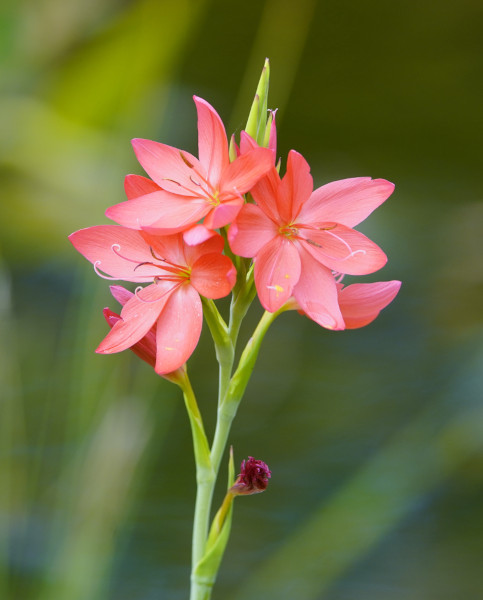
What to plant with Hesperantha
You may wish to weave Hesperantha through a garden for late season highlights amongst fading plantings. Another option is to plant an area or border purely for a late rush of colour and life. Think grasses such as miscanthus and pennisetum catching the light, with tall flowering plants such as rudbeckia, echinacea, eupatorium, and lower down with sedum, nerine, and colchicum. You will be so glad you planned for an autumn surge!
If you would like any further planting ideas or growing advice for your Hesperantha, please contact our friendly and knowledgeable Customer Care Team - we will be more than happy to help you.
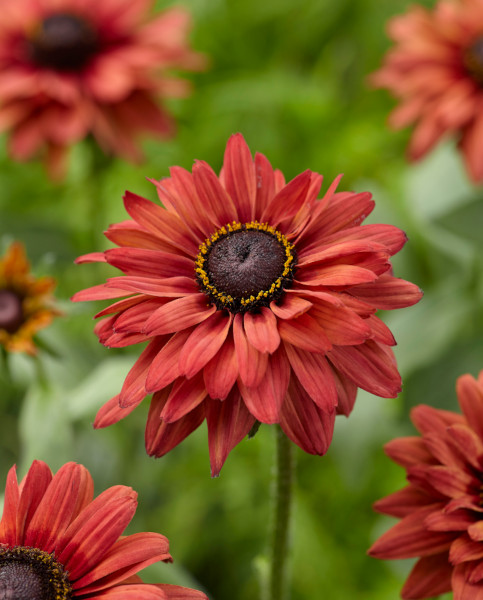
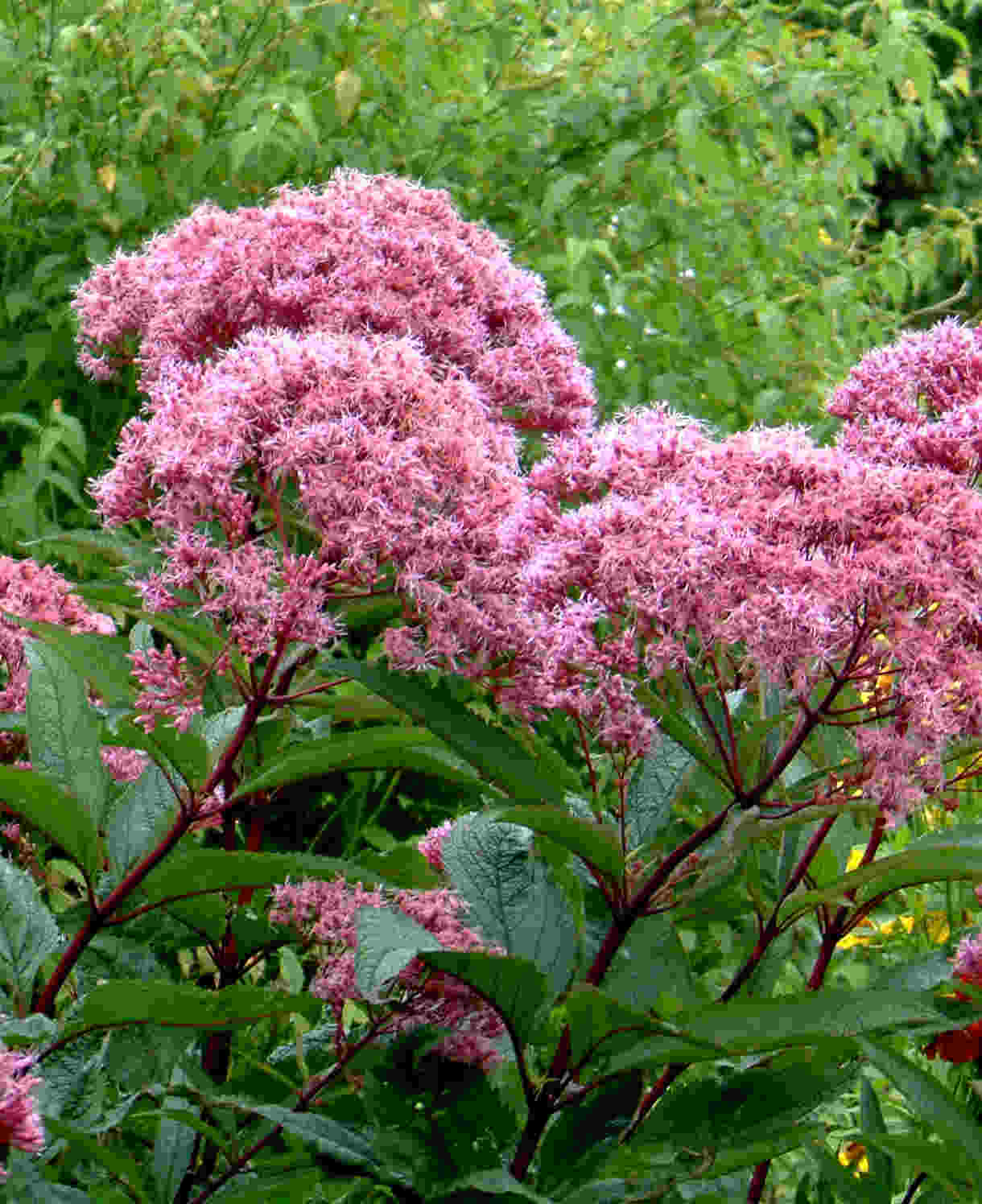
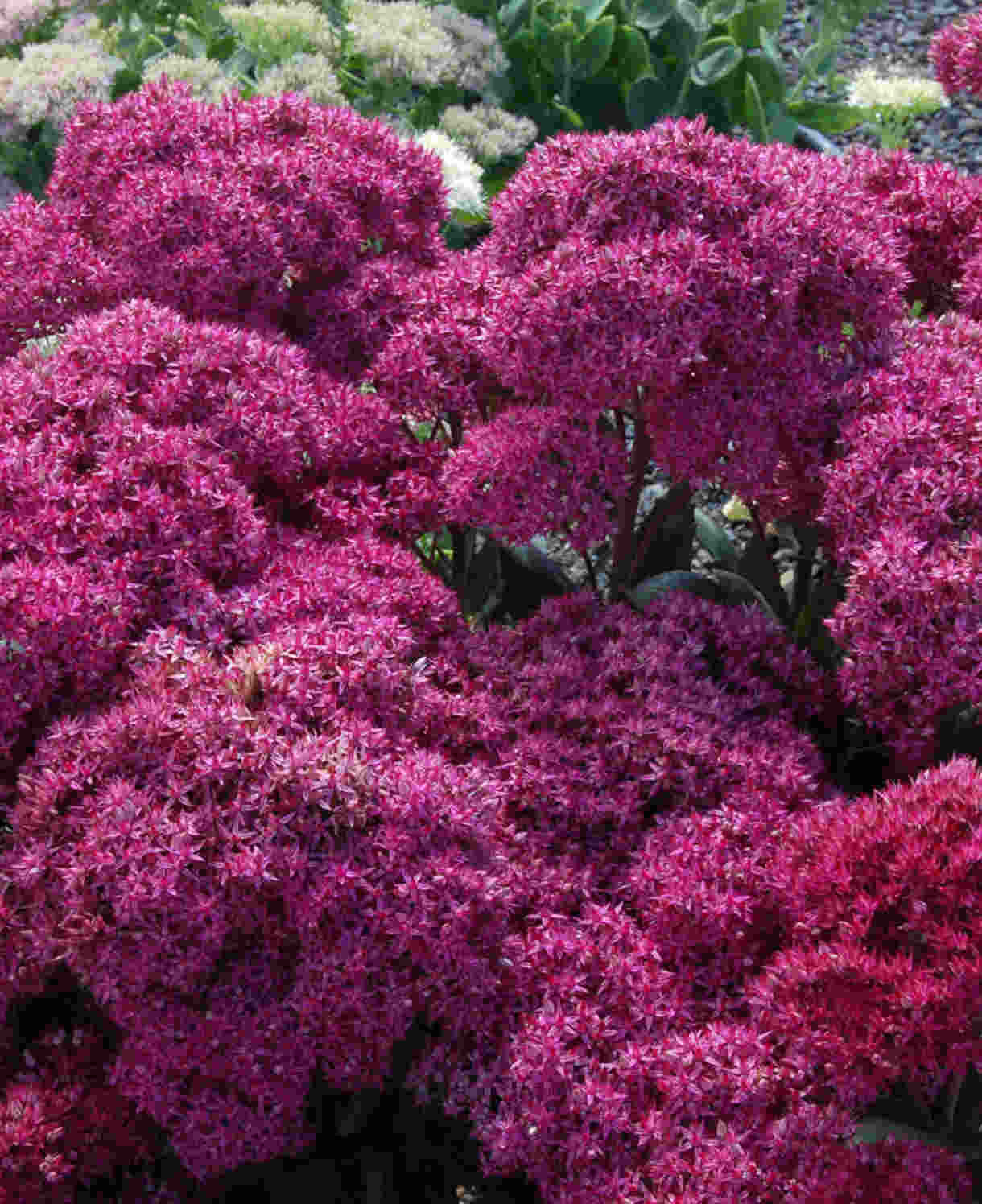
How to care for Hesperantha
Pruning and Deadheading
Deadhead to prolong flowering. Cut flowered stems back down to the ground once finished.
Watering
Water until established, then freely throughout the growing season. Pay particular attention during drought periods – Hesperantha coccinea does not like to go thirsty.
Cold Protection
While Hesperantha is hardy to -10°C, its flower spikes can be damaged by the frost. It is therefore worth growing at the base of a sunny wall if you live in a particularly cold part of the country. Alternatively, grow in a container and move into a frost-free environment (such as a cool conservatory or greenhouse) when temperatures begin to dip.
Pests and Diseases
Hesperantha tends to be trouble-free.
How to propagate Hesperantha
Hesperantha can be propagated by lifting and dividing in spring. Not only will this provide you with new plants, but it will also maintain the health and vigour of the existing clump.
- Choose a day when the soil is not frozen or waterlogged.
- Dig the plant out of the ground.
- Shake off any excess soil.
- Separate the plant into sections using either swift, cutting blows with a sharp spade, or two forks inserted back-to-back with tines touching, handles then pushed together to prise the plant apart. If this proves difficult, cutting through the rootball with a pruning saw will work just as well (just make sure it isn’t new or precious!).
- Discard old, damaged, or surplus pieces, keeping healthy, vigorous material with a good root system attached.
- Replant selected pieces where desired, giving a good water and mulch of organic matter.
- Keep well-watered until fully established, then as above in the ‘Watering’ section.
Common Hesperantha questions:
When does Hesperantha coccinea flower?
In the garden, Hesperantha coccinea will usually flower from September to October. If kept in a cool greenhouse or conservatory it can flower for long periods during the winter months.
What is the difference between hesperantha and schizostylis?
Some years ago these plants were two distinct genera, until botanists decided they were the same and that schizostylis should be moved into hesperantha. The only notable difference is that while the ‘original’ hesperanthas all grow from corms, one species of schizostylis (coccinea) is rhizomatous. This was declared an adaptation to growing in wet conditions rather indicator of a separate genus.




